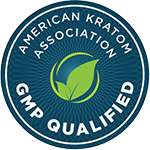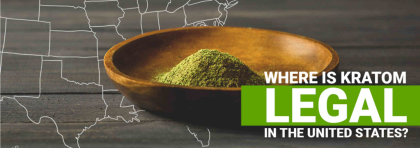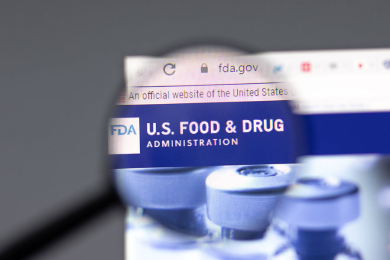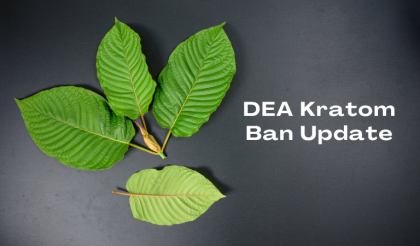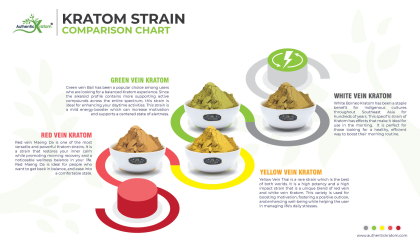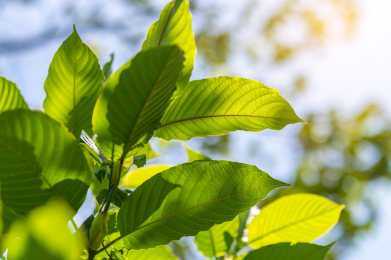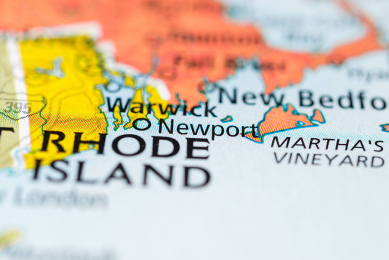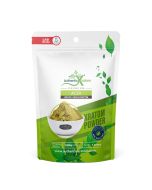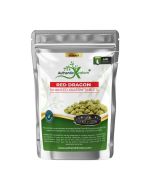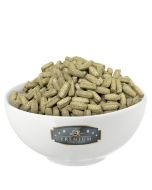- Buy any two kratom products, get 3rd one FREE
- There's No Minimum for Free Standard Shipping at Authentic Kratom
- Same Day Shipping. Order before 2:00 PM Pacific Time (M-F)
- Free Priority Mail Shipping on Orders $75 or more
- FREE 2 Day Shipping on orders $200 or more
- Buy Fresh & Potent Kratom Tea
The Role of FDA and WHO in Deciding Kratom’s Legality and Usage
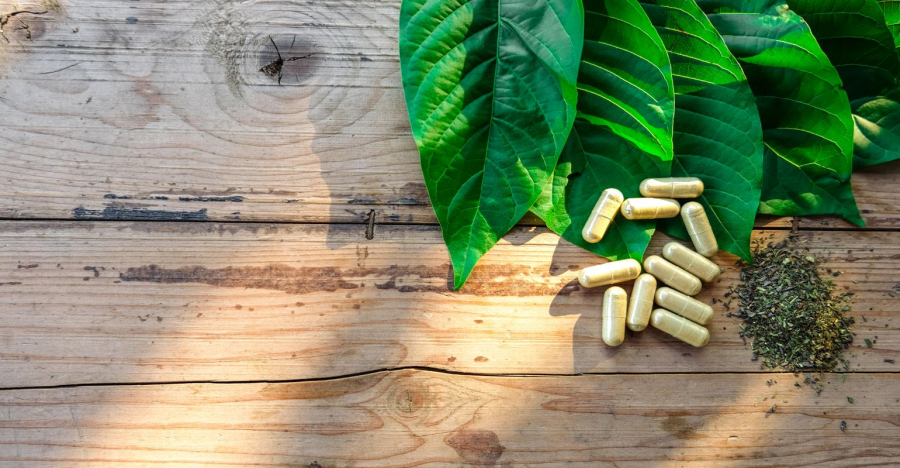
Why trust Authentic Kratom
- 10 years of experience in the kratom industry
- High expertise confirmed by a partnership with the American Kratom Association
- Only lab-tested and GMP-qualified products
- Reviewed and Trusted by thousands of customers
Table of Contents
- FDA’s Take on Kratom and Kratom Products
- FDA’s Attempts to Ban Kratom in the Past
- What Would it Mean if the FDA Succeeds?
- Experts Oppose FDA’s Assessment of Kratom
- Insinuations Behind FDA’s Vilification of Kratom
- Will Banning Kratom Increase Mortality?
- WHO Decides Against Imposing a Global Ban on Kratom
- What is WHO’s Take on Kratom?
- Recent National and International Controls
- FDA Enforces the Seizure of Illegal Dietary Supplements that Involve Kratom
- Non-Pharmaceutical, Exploitation, and Addiction of Usage
- Bottomline
The U.S. Food and Drug Administration is responsible for regulating the use of drugs, biological products, dietary supplements, and food items. FDA is the public health caretaker in the U.S. and has a massive impact on how people perceive certain drugs worldwide.
One of the responsibilities of the FDA involves categorizing medicines and items of similar potential into those that can be used in substance abuse and those that are harmless. When FDA is concerned about medicine or substance, WHO usually plays an important role in determining how to proceed further and if the substance is safe enough to be legal or should further actions be taken.
Among these drugs, kratom is a reasonably new entry. The plant traces back its origin to Southeast Asia, growing naturally in countries such as Thailand, Malaysia, and Papua New Guinea. Medically known as Mitragyna Speciosa, kratom has been controversial ever since its rise in the early 2000s.
While the herb has been used for various ailments and conditions in the native regions for a long time, FDA has concerns regarding its safety. and WHO has its own say. This article will discuss what FDA and WHO claim about kratom and what is its outcome.
FDA’s Take on Kratom and Kratom Products
FDA has never shied away from voicing its concerns regarding Mitragyna Speciosa and its products. The cornerstone of their concerns is that kratom affects the same brain receptors as substances such as morphine, fentanyl, and codeine. This mechanism of action can eventually lead to risks of developing addiction, dependence, tolerance, and abuse of the herb.
The organization is busy collecting all the scientific data they can access regarding kratom, its safety profile, adverse effects, and the most critical question - if it can indeed lead to substance abuse, which is their primary concern.
So far, the FDA has not approved any therapeutic uses kratom is being used for. Instead, they keep issuing warnings regarding the two vital components of Mitragyna Speciosa known as mitragynine and 7-hydroxy mitragynine. While they collect the scientific data on the herb, the FDA urges medical authorities to report any adverse effects caused by kratom to the organization to bring to light the atrocities caused by kratom.
FDA’s Attempts to Ban Kratom in the Past
FDA’s disapproval does not simply involve warnings against the herb. There have been elaborate efforts by the organization to effectively ban the use of Mitragyna Speciosa and its products in the United States.
The attack on Mitragyna Speciosa began in 2012 when FDA declared kratom on an import alert, which stated that this new and unrecognized drug is not to be used therapeutically nor be introduced or delivered for introduction into interstate commerce without an approved application from FDA. This officially implied that kratom was not a recognized drug, and its uses were rendered unsafe until further research by the organization.
The second import alert on the herb was declared in 2014, which targeted the kratom-containing dietary supplements and bulk dietary ingredients.
In September of the same year, the U.S. Marshals seized more than 25,000 pounds of raw kratom material from Rosefield Management Inc. in Van Nuys, California. This operation was conducted under FDA’s orders, and the material cost levelled up to $5 million.
Two years later, in January 2016, the same operation was conducted again by the U.S. Marshals, who seized 90,000 bottles of dietary supplements that contained Mitragyna Speciosa as its ingredient. These dietary supplements would be marketed under the brand name, RelaKzpro, and are manufactured by Dordoniz Natural Products LLC situated in South Beloit, Illinois.
The nutritional supplements were worth $400,000 and were a testament that the FDA would know no bounds when it came to controlling this new drug from the beginning.
In August of the same year, the U.S. Marshals were at it again as per FDA’s orders. This time they seized $150,000 worth 100 cases of products that labelled kratom as an ingredient. These unfortunate products were manufactured by Nature Therapeutics LLC in Grover Beach, California. These products are marketed under the brand name Kratom Therapy.
What Would it Mean if the FDA Succeeds?
The FDA’s call for bans led the Drug Enforcement Agency (DEA) to announce plans regarding Mitragyna Speciosa prohibition and its products.
Although the FDA failed to ban kratom domestically, it would soon implore the World Health Organization (WHO) to take action and restrict the herb and its products internationally.
So what would happen if a global ban on kratom was indeed applied?
It is popularly believed that Mitragyna Speciosa and its products can mask the craving for certain substances that can be illegally bought and are often laced with synthetic substances such as fentanyl, highly addictive and a drug of abuse.
Hundreds of thousands of people are likely to die by suicide and unintentional drug overdose. The result could be appalling and even counterproductive to what these agencies have been trying to achieve.
If Mitragyna Speciosa is banned, people who use this herb to curb their cravings for other substances will be incriminated and rendered unable to buy the herb legally. This will cause them to turn to much more dangerous drugs and cause havoc in the community.
Experts Oppose FDA’s Assessment of Kratom
FDA is considered the standard of public healthcare in the United States. However, critics do not spare even the mightiest. Experts have analyzed FDA’s arguments against kratom thoroughly and have reported several mistakes FDA has made in its assumptions.
FDA’s assessment of the dangers of Mitragyna Speciosa is based on the calls received from people to the poison control centre. The number of calls regarding kratom is substantially less than the other dangerous substances used. Moreover, no causal link between death in people with kratom in their system and direct effects of the herb have been established.
In most of the deaths caused by kratom, the people were analyzed, and it was found that they also contained other, more powerful drugs in their blood along with the herb. According to the study conducted, only 7 out of 27,338 deaths had kratom alone in their systems.
This implies that the rest of the deaths were caused by more powerful, sinister agents than a mere herb. So the incidental finding of kratom in people who died of drug overdose does not automatically mean that the cause of their death is directly linked to kratom.
The data does not support the FDA’s assessment of Mitragyna Speciosa, hence why experts implore the agency to try to find connections between death by overdose and use of other, far more superior substances.
Moreover, the experts suggest FDA pass a bill that asks Mitragyna Speciosa’s manufacturers to sell the products with a labelled warning against use with alcohol to avoid liability in case of a drug overdose.
The problems with kratom lie not in its usage but in its wrongful production. The herb is notoriously lined with other harmful agents such as fentanyl, cocaine, and methamphetamine that lead to enhanced effects but adulterated products.
Insinuations Behind FDA’s Vilification of Kratom
Experts have pointed out the loopholes in the FDA’s arguments against Mitragyna Speciosa for years. It wasn’t long before the question was raised regarding FDA’s insistence on banning kratom even though there were so many flaws in their assessment.
This ban would protect drug companies from potential competition in the form of companies selling natural Mitragyna Speciosa and its products. Some people suggest that it could be attributed to the fact that the sale of natural kratom and its products is forming a dent in the wallets of drug companies that are synthetically producing kratom.
Drug companies that sell other substances benefitted when the ban was placed on their use without a label. According to sources, It strengthens government-granted monopolies provided by patents and marketing exclusivity.
Will Banning Kratom Increase Mortality?
Yes. It is being insinuated that banning Mitragyna Speciosa could do more harm than good. It will cause people to turn to far more dangerous drugs, but it would also cause them to acquire the herb illegally, which is more often than not laced with harmful substances such as fentanyl and other Schedule I substances. Many people will die of unintentional overdose or suicide in this situation, leading to further chaos.
WHO Decides Against Imposing a Global Ban on Kratom
After failing to impose a domestic ban on kratom, FDA turned to WHO for support against kratom by imploring them to consider applying an international ban on the herb and its products. However, in the wake of pleasant news for kratom supporters, WHO refused to endorse a global ban against Mitragyna Speciosa.
Before this decision, kratom supporters were concerned that the Executive Committee on Drug Dependence (ECDD) of WHO will ascertain international control over the use of Mitragyna Speciosa, or they would ask for an inquiry into the matters of kratom safety, which would eventually lead to kratom being listed as a Schedule I drug. However, to their surprise, WHO did neither.
The ECDD passed the verdict that stated there is insufficient evidence regarding kratom’s lack of safety and the lack of research warrants more studies. The committee encouraged conducting critical reviews of the herb and monitoring as well as recording this data to draw a conclusion further.
What is WHO’s Take on Kratom?
According to ECDD, thousands of people supported kratom and shared their personal experiences with the herb, mentioning its medical benefits and its use as traditional medicine. According to people, they use Mitragyna Speciosa for multiple conditions, none of whom have been scientifically proven.
However, this only further instils the fact that there is a significant literature gap in the effects of Mitragyna Speciosa and its uses. WHO urges people to conduct research, studies, and experiments to understand this new drug and its adverse effects as well as therapeutic uses.
Given these developments and evidence, ECDD decided to hold off judgment on Mitragyna Speciosa use and instead recommended its monitoring over the next couple of years.
Recent National and International Controls
The legality of Mitragyna Speciosa is questionable at the moment. While the FDA failed to impose a domestic ban on the substance, further attempts have been to ban the herb and its products in different states.
Many people have many opinions, and it could lead to other views. This is why the government chose to let each state decide for itself whether they were pro-kratom or not. They could ban it in their state but could not dictate the laws of other states. These are the national laws regarding kratom in the United States.
Internationally, kratom is not banned. However, WHO has recommended studies on the herb and its products and monitors its adverse effects until something significant.
FDA Enforces the Seizure of Illegal Dietary Supplements that Involve Kratom
The encouragement of the FDA and its involvement with the U.S. Marshals has enforced the seizure of illegal dietary supplements that involve Mitragyna Speciosa. FDA has been implementing this practice ever since 2014 when they first seized raw kratom material from Rosefield Management, Inc. They would later capture more products in 2016 and have since been proactively blocking people’s access to illegal dietary supplements containing this herb or its ingredients mitragynine or 7-hydroxy mitragynine.
Non-Pharmaceutical, Exploitation, and Addiction of Usage
Being a herb that is naturally grown and sold by many, kratom is often up for grabs both by the pharmaceuticals and the non-pharmaceuticals. The herb has been exploited by the practice of adulteration, combinations, and synthetic manufacturing. While the herb may not be harmful, it can cause addiction and dependence in people who are taking it with other substances and alcohol.
Bottomline
Mitragyna Speciosa is a controversial herb of recent ages. While pro-kratom refuses to back down from their claim of kratom’s safety and therapeutic effects, FDA remains unconvinced. The only thing that remains clear is that imposing a ban on the drug would not solve anything but make it worse.

